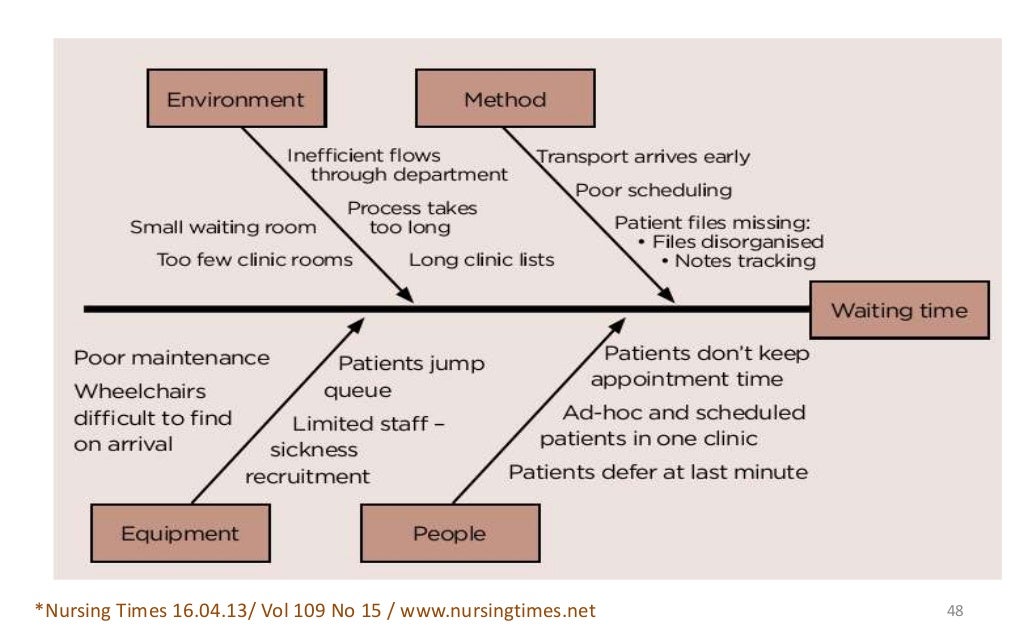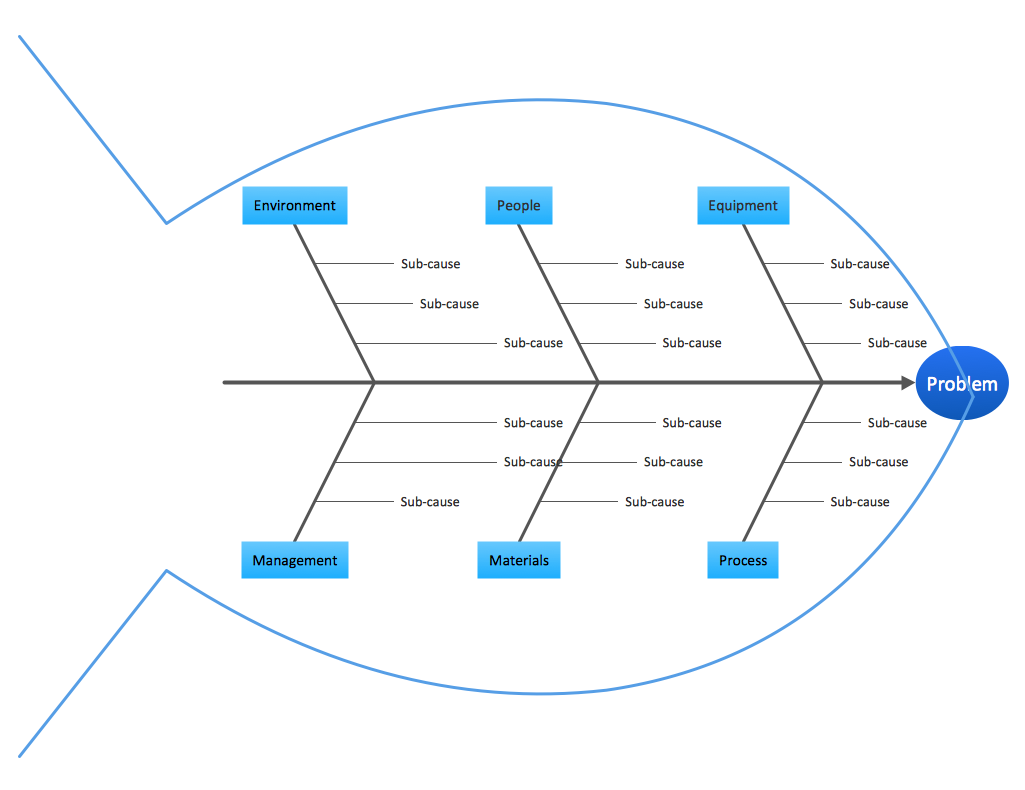

The diagram example "Small business consultancy SWOT analysis matrix" was created using the ConceptDraw PRO diagramming and vector drawing software extended with the SWOT Analysis solution from the Management area of ConceptDraw Solution Park. The strengths of this method are its simplicity and application to a variety of levels of operation." Manfaat penggunaan diagram fishbone tersebut antara lain: 1. The purpose of the 8D methodology is to identify, correct, and. Terdapat banyak kegunaan atau manfaat dari pemakaian Diagram Fishbone ini dalam analisis masalah. The eight disciplines (8D) model is a problem solving approach typically employed by quality engineers or other professionals, and is most commonly used by the automotive industry but has also been successfully applied in healthcare, retail, finance, government, and manufacturing.

SWOT is not the only assessment technique you can use, but is one with a long track record of effectiveness. MANFAAT DIAGRAM FISHBONE Diagram Fishbone dapat digunakan untuk menganalisis permasalahan baik pada level individu, tim, maupun organisasi. The SWOT method (which is sometimes called TOWS) was originally developed for business and industry, but it is equally useful in the work of community health and development, education, and even personal growth. It allows to establish and present the cause-and-effect relationship in an easy and understandable format. The fishbone diagram identifies many possible causes for an effect or problem. It provides a structured way to identify and organize the potential causes of a problem (or effect). This cause analysis tool is considered one of the seven basic quality tools.
#Fishbone diagram problem solving full
Developing a full awareness of your situation can help with both strategic planning and decision-making. A fishbone diagram is one of the various tools that can be used to perform a cause-and-effect analysis. A SWOT analysis guides you to identify the positives and negatives inside your organization (S-W) and outside of it, in the external environment (O-T). Fishbone Diagrams (also known as Ishikawa Diagrams) can be used to answer the following questions that commonly arise in problem solving: What are the. If you have to paraphrase what was said (because of space requirements, complexity, etc.) confirm with the group that what you wrote was what was said."The name says it: Strength, Weakness, Opportunity, Threat. When the silence starts to creep in, you have your first clue that perhaps you have enough to get started.Īs facilitator, you will write the statements as they come out during the discussion. Using a fishbone diagram allows a team to focus on the problem instead of the issues associated with the problem. As long as the discussion keeps going, people are still brainstorming. A cause and effect diagram, also known as a fishbone diagram, helps a team identify the different causes of a problem to determine the root causes of a problem. #3: Keep brainstorming until the ideas run out. People are often unsure of how many causes to identify. A common one is to start with the “People” category, but by the time 10 causes are identified under that category, you may choose to split it, for example as: “Nurses” and “Doctors.” Sometimes a main category can become too big. For example, “front desk is short-staffed” could be placed under the category of People, but also Culture. As a facilitator, remind the participants that listing the cause is more important than where it goes. #2: The cause is more important than the category. People often get confused or stuck on what category a cause should go into.

Whereas “front desk is short-staffed” focuses on a potential cause (what to fix). A Fishbone diagram is a problem-solving technique designed to help arrive at the root cause of an issue by analyzing even the most complex projects and. Common uses of the Fishbone diagram are quality defect prevention to identify potential factors causing an overall effect. For example, if the problem is delays at patient check-in, “add front desk personnel” offers a solution (how to fix). Fishbone diagrams (also called Ishikawa diagrams or cause and effect) are diagrams created by Kaoru Ishikawa (1915 1989) that show the potential causes of a specific event (problem). Simply acknowledge any comments by writing them to the side (don’t disregard any comments, it’s demoralizing) and help everyone remember the difference between the two. #1: Help the team focus on identifying causes, not solutions. It’s common for people to brainstorm solutions (how to fix), rather than causes (what to fix). Here are the top three tips for leading a successful fishbone: A successful fishbone diagram is led by a facilitator-one individual on the team who’s job is to remain impartial to the discussion, write down the identified causes on the fishbone diagram, and let the participant discussion flow freely.


 0 kommentar(er)
0 kommentar(er)
